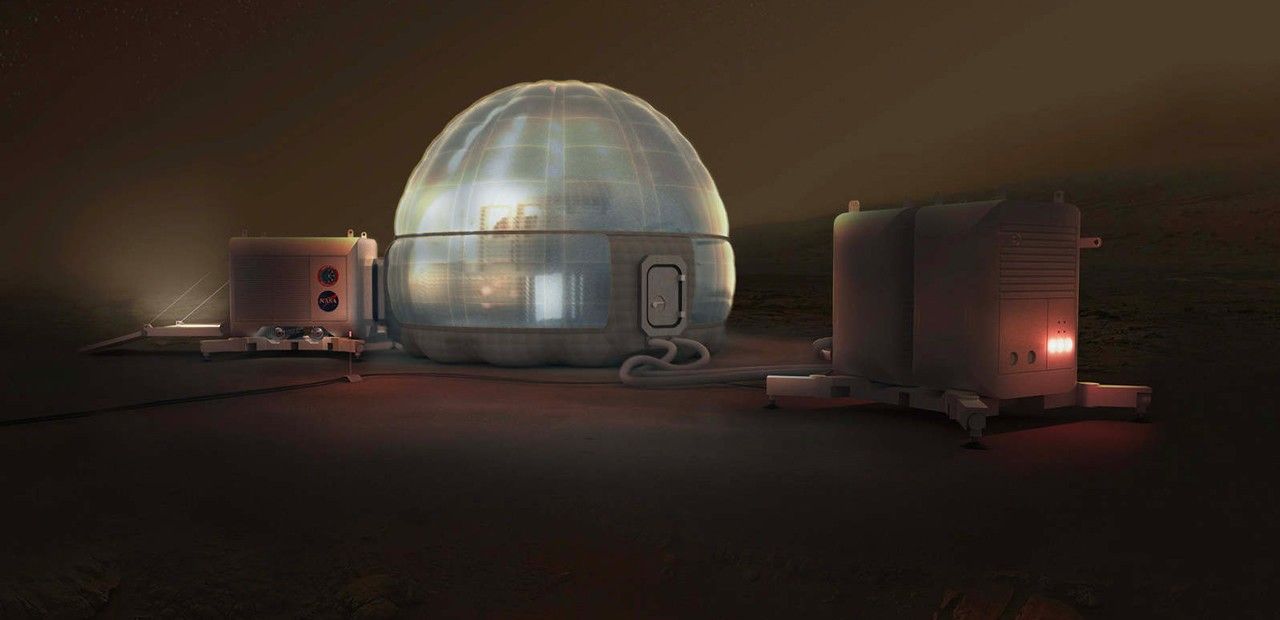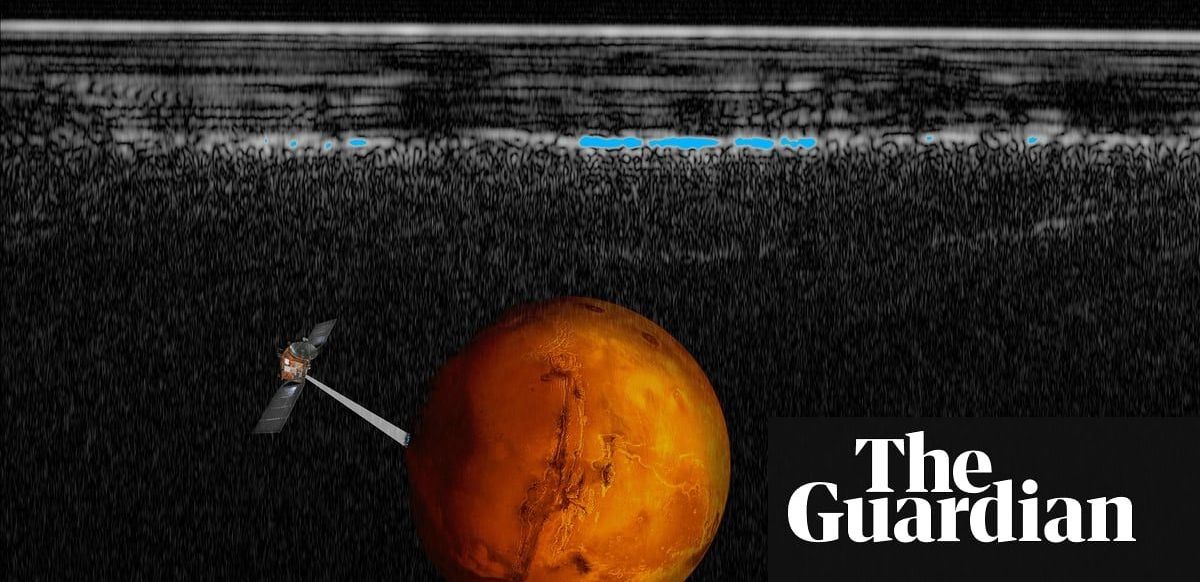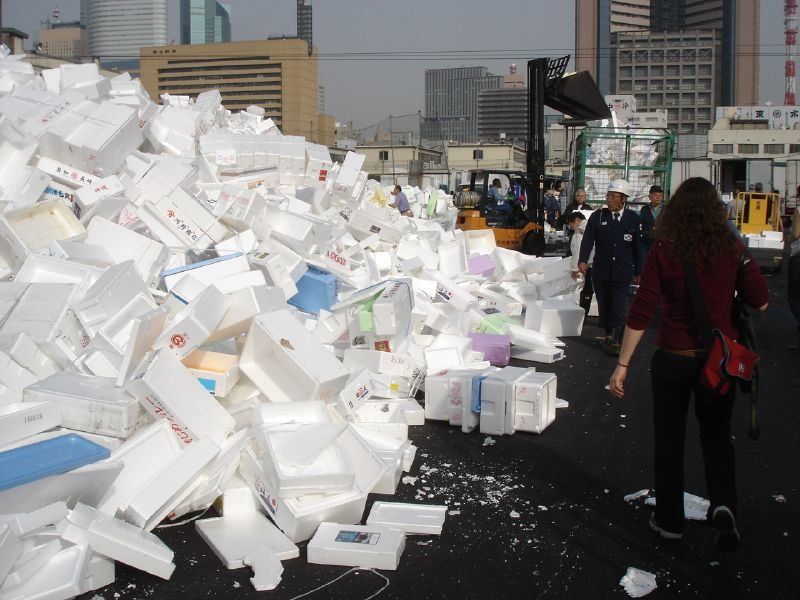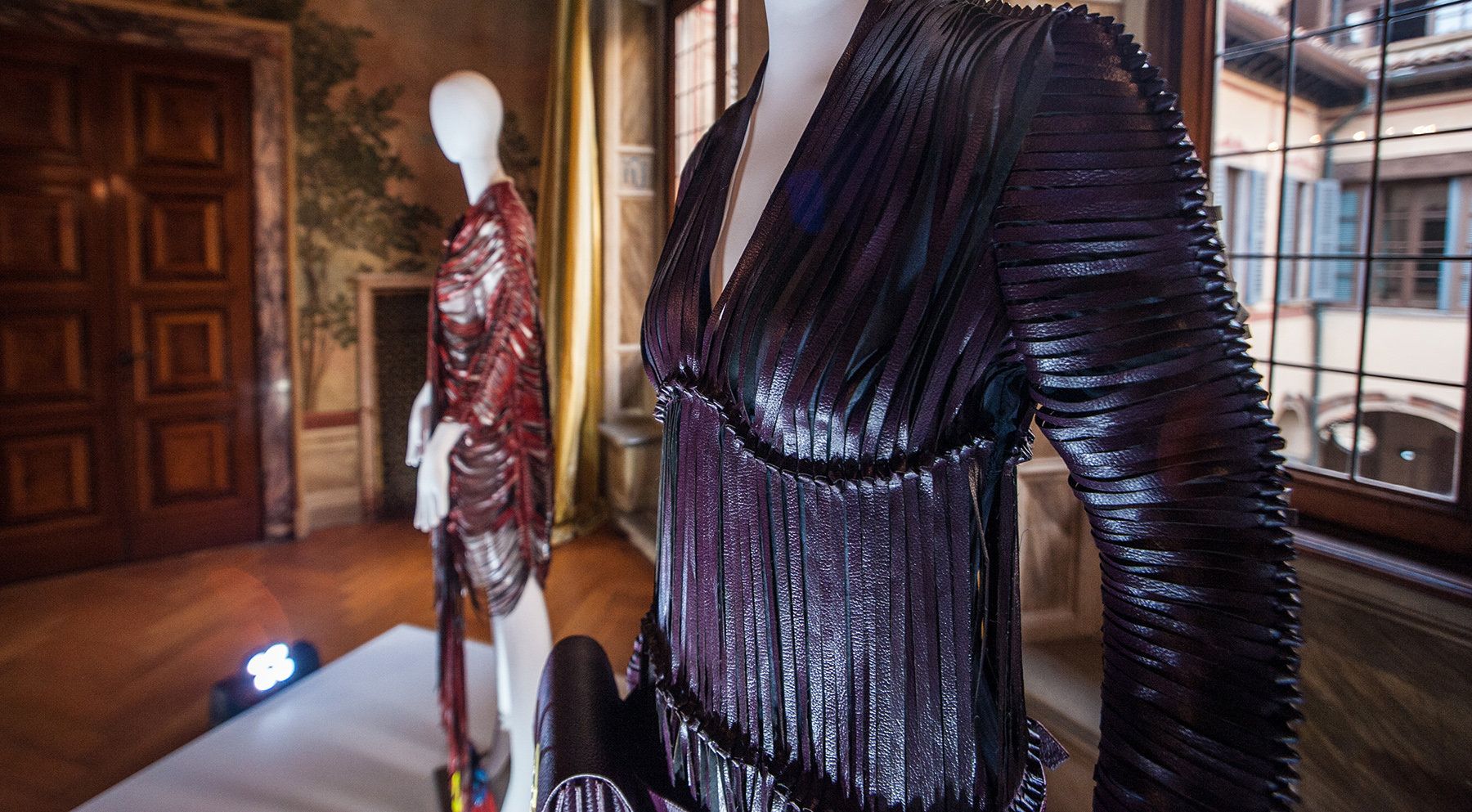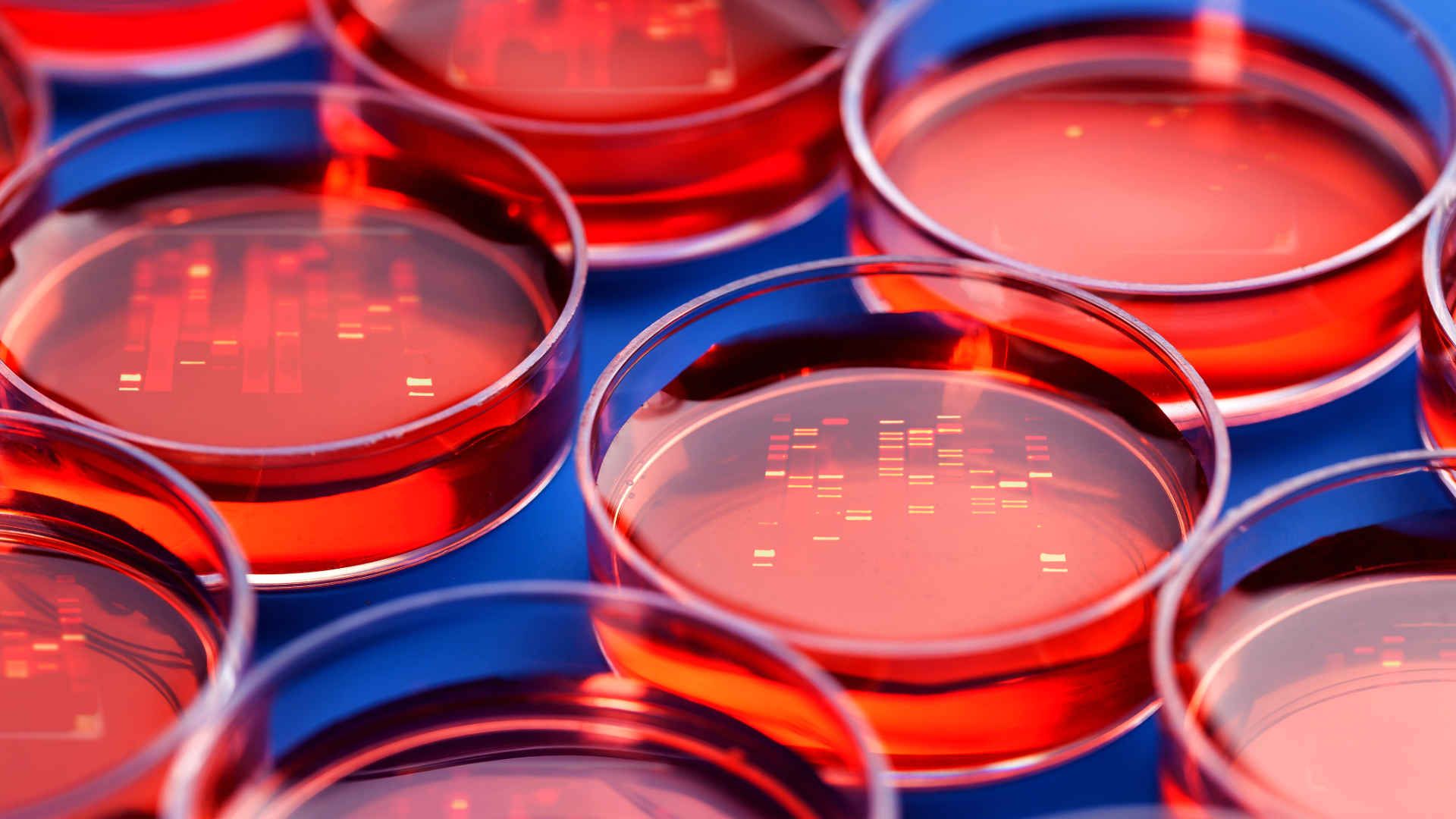Page 9563
Jul 25, 2018
Marines Who Fired Rocket Launchers Now Worry About Their Brains
Posted by Genevieve Klien in categories: health, military, neuroscience
Brain Injuries And Shoulder-Launched Assault Weapons : Shots — Health News The military is trying to figure out whether troops can sustain brain injuries from firing certain powerful weapons. A pair of Marines who used to shoot these weapons think they already know.
Jul 25, 2018
Developing Brain Atlas through Deep Learning
Posted by Marcos Than Esponda in categories: information science, robotics/AI
https://arxiv.org/ftp/arxiv/papers/1807/1807.03440.pdf
Developing brain atlas using deep learning algorithms
https://techxplore.com/news/2018-07-brain-atlas-deep-algorithms.html
Clouds Architecture Office and SEArch conceived an inflatable structure that incorporates in situ resources and uses ice as radiation shielding and as a structural component.
Jul 25, 2018
Mars: huge underground lake raises prospects of life on planet, astronomers say
Posted by Michael Lance in category: space
Scientists have spotted a 12 mile-wide stretch of water underneath a slab of ice at the Martian south pole.
Ian Sample Science editor.
Jul 25, 2018
How to turn the waste crisis into a design opportunity
Posted by Bill Kemp in category: sustainability
You might never have heard of expanded polystyrene, but you’ve definitely used it. It’s the lightweight white foam used for everything from packing peanuts to holding boxes of veggies at the supermarket.
Expanded polystyrene (EPS) is versatile, waterproof, and surprisingly strong. Unfortunately, it’s also a nightmare to dispose of. It fragments easily into many small, light pieces which can be easily carried away by the wind, and is difficult to process.
Australia exports some EPS to be recycled overseas, but we have less than one collection point per state. All of this means that The NSW Evironmental Protection Agency estimates that some 12,000 tonnes of EPS is sent to landfill every year. According to the Australian Plastics Recycling survey, about 14% of EPS is recovered for recycling. Most of that is exported – only around 1.6% of all the EPS used in Australia is recycled here.
Jul 25, 2018
Chicken plastic and wine leather – giving waste new life
Posted by Bill Kemp in categories: food, sustainability
A fashion collection made from the remains of grapes from the wine industry and plastic made from chicken feathers are two new twists on the practice of making new products from waste, and a growing demand for sustainability from consumers mean there could be a ready market for this type of innovation.
Food waste isn’t just the result of groceries that have gone off or uneaten meals. As food is processed for consumption, huge amounts of waste are generated. The European poultry industry, for example, generated about 3.1 million tons of discarded feathers in 2014. And during wine production, around 25% of the weight of grapes, such as the skins and seeds, are wasted.
These byproducts could soon be given a second life, as scientists work out how to transform them into new materials.
Jul 25, 2018
Novel membrane advances low-cost, grid-scale energy storage
Posted by Bill Kemp in categories: solar power, sustainability, transportation
Oak Ridge National Laboratory scientists have developed a crucial component for a new kind of low-cost stationary battery system utilizing common materials and designed for grid-scale electricity storage.
Large, economical electricity storage systems can benefit the nation’s grid in numerous ways: balancing loads between peak and off-peak demand times; supplying energy during outages; storing electricity from fluctuating sources like wind and solar power; and accommodating extreme fast charging of electric vehicles.
The grid chiefly relies on hydropower facilities for energy storage, although stationary systems using lithium-ion batteries are increasing. However, lithium is expensive and mostly sourced from countries outside the United States.
Continue reading “Novel membrane advances low-cost, grid-scale energy storage” »
Jul 25, 2018
Tiny robot could be game-changer in fight against tuberculosis
Posted by Dan Kummer in categories: biotech/medical, nanotechnology, robotics/AI
Robots like this, nanobots that can work in the body, should be the main focus for curing all disease. And instead of focusing on Drug Delivery, have the nanobots just go in and attack or fix the problem themselves.
A Brock University research team has created a microscopic robot that has the potential to identify drug resistance to tuberculosis faster than conventional tests.
The World Health Organization (WHO) calls tuberculosis drug resistance “a formidable obstacle” to treatment and prevention of a disease that killed 240,000 people in 2016.
Continue reading “Tiny robot could be game-changer in fight against tuberculosis” »
Jul 25, 2018
DNA Computing Gets a Boost With This Machine Learning Hack
Posted by Klaus Baldauf in categories: biotech/medical, robotics/AI
As the master code of life, DNA can do a lot of things. Inheritance. Gene therapy. Wipe out an entire species. Solve logic problems. Recognize your sloppy handwriting.
Wait, What?
In a brilliant study published in Nature, a team from Caltech cleverly hacked the properties of DNA, essentially turning it into a molecular artificial neural network.
Continue reading “DNA Computing Gets a Boost With This Machine Learning Hack” »



